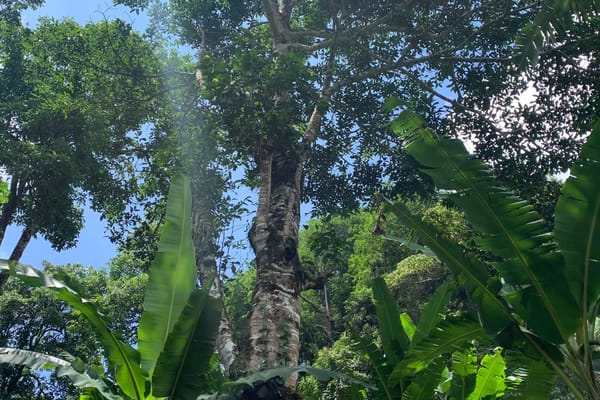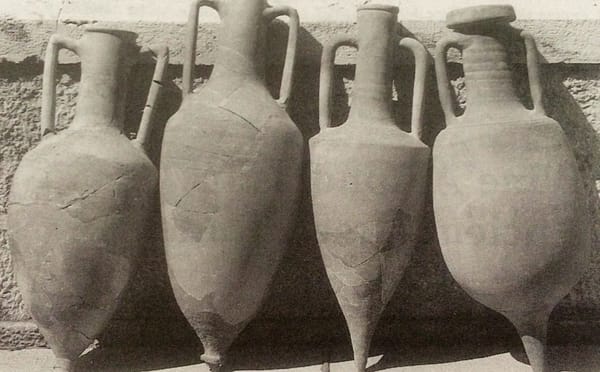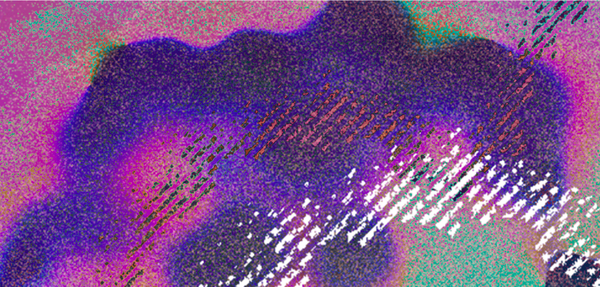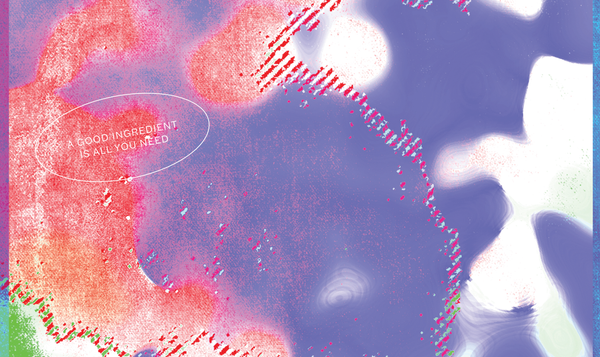Seed Sharing and the Enigmatic history of Pink Bourbon
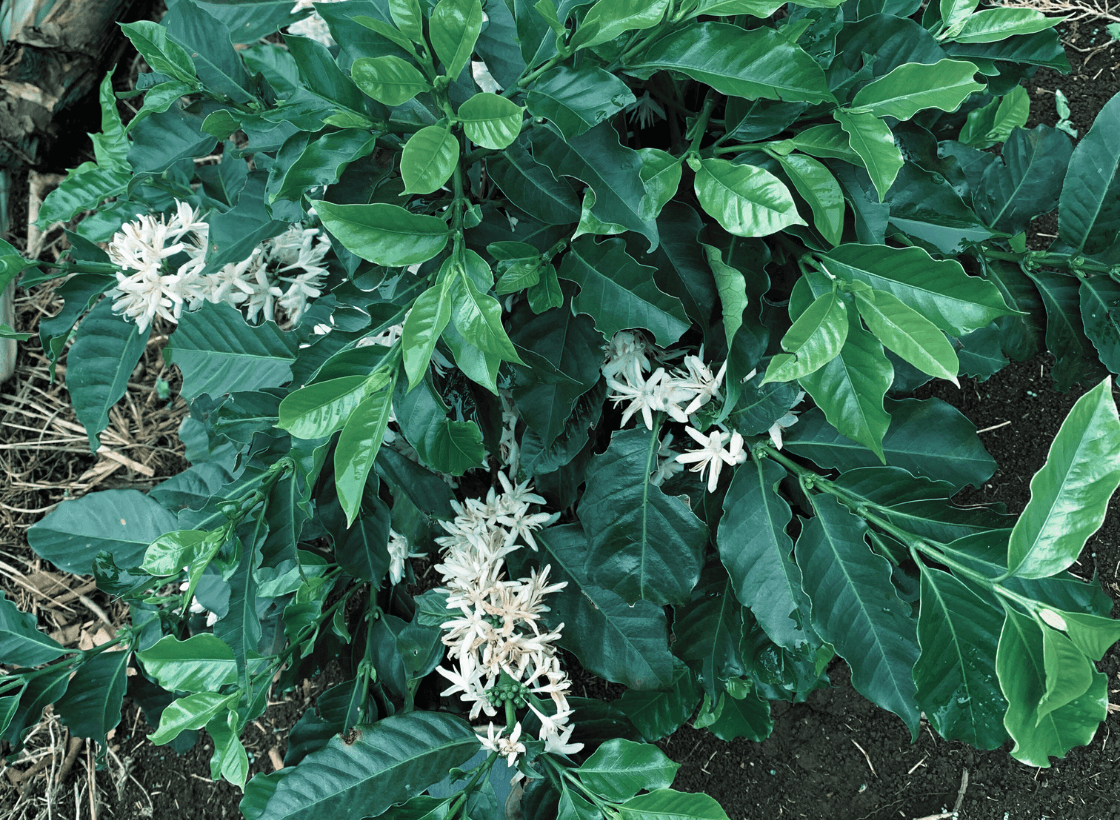
Originally published in our subscription zine for June 2024
Rattling around in the corners of the drawer of our front entryway are chive seeds saved from last year. I meant to plant them to expand the chive patch outside our apartment window in East Van- currently the only thing in our garden that's not technically a weed at the moment (we're incredibly behind on the garden this year). It's resilient, overwinters nicely in our coastal climate, and the seeds are easy to pass on to friends in our neighbourhood when we inevitably have too many. Tiny dormant punctuation marks.
As long as humans have been cultivating things, seed sharing has been a simultaneous gift to the commons, and a tacit act of hope. From cultivars of wheat that do better in certain microclimates, to specific types of fruit trees, as long as there have been things to grow and eat, there has been a compulsion to plant things that excite us, and share what works with our neighbours.
Coffee is no different.
Through the last few hundred years, the colonial picture of coffee has been the main lens that we peak through to trace the family tree of coffee. From romanticized stories like a coffee plant hidden in a bouquet of flowers to smuggle into Brazil, to uglier ones of colonizers enslaving folks in places like Burundi and Kenya to grow coffee on their land for free, there has been a relatively clear lineage that we can map out through historical references.
But, with most things in the last few decades, time seems to speed up. Events, trends, and the like become increasingly exponential. With enigmatic varieties like Colombia's Pink Bourbon, that tidy colonial narrative we point back to with coffee fractures into a mosaic future with ample possibility to tag alongside the issues.
Ají, Pink Bourbon and other varieties with fuzzy origin stories have become almost ubiquitous in the coffeeverse today, and it's no wonder. They're undeniably delicious. When looking to how these varieties have been increasingly accessible, it's easy to see the pattern. In the case of Pink Bourbon, it's widely cited that Gabriel Castaño, a farmer in San Agustin, Huila Colombia, shared those seeds with his neighbours, and as the word got out, over the last six or so years, a critical mass of folks had planted this banana-y floral sweet dream of a coffee variety. The timeline checks out - It takes around five years for a typical coffee plant to come to full production, so it makes sense that this is the year when we're encountering Pink Bourbon so much that we're spoilt for choice.
But there's one question that rattles my brain every time I think about it - How did Gabriel get those seeds?
Here's the version of the story regurgitated on the internet: Gabriel was walking through his farm, saw this coffee plant that had rose tinged fruit. It never ripened to red. He realized it was a different kind of variety and everyone thought it was a mix between red and yellow bourbon - a natural mutation. So that's the story coffee people rolled with.
We later found out in September (2017 by DNA Analytica and 2023 by RD2 Vision many thanks to Cafe Imports) of 2023 that there is undeniably more to this story. We have genetic proof. 'Pink Bourbon' is an Ethiopian landrace. Or at least, it has the lions share of its DNA matching coffees you'd find in Sidamo and other parts of southern Ethiopia.
So what happened? We can only guess. But hey, let's wade into the internet ocean, past the AI barnacles and dive into the deep end of a catalogue of absolutely ancestral PDFs, courtesy of Cenicafé, Colombia's Federation of coffee grower's research arm. Also, from here on in, take what I say as purely speculative.
WHO LET THE SEEDS OUT?
If we think about the idea of seed sharing, there are two possibilities I can think of. The first one, is Pink Bourbon could have been a rogue seed that grew 'in the field' or was an escapee of the Cenicafé hybrid seed trials of the 1960s-80s. During the 1960s and 70s, Cenicafé was hard at work, developing varieties of coffee that would stand up to both the demands of the international market on quantity, but also ability to withstand pests and viruses like leaf rust (which has been endemic to this day). They were doing this at the same time as other countries with rich collections of seeds (like Ethiopia's JARC) in the 70s, when it became clear there were endemic issues that the whole coffee growing world needed to contend with if the industry wanted to preserve a bright future. This is how we have cultivars like Castillo and different assays of Variedad Colombia (first released by Cenicafé in 1980), among others. This theory has considerable germination power since there's even a paper published in 1986 in the Cenicafé scientific paper collection that details, "The introductions of C. arabica of Ethiopian origin are numerous (in Cenicafé there are more than 500) and have not been studied."
So it's right there. Out in the open. Colombia has a rich seed collection, well over 50 years old, and over 500 specimens of Ethiopian origin.
Is it possible there were Ethiopian landrace varieties from the multi-decade Cenicafé collection that were leaked to farms?
The second possibility is simply that someone, maybe a green buyer, shared a seed with a producer in the spirit of purely "let's see what happens". Many years later and here we are.
I think the first possibility is a strong contender. If true, then what other varieties will we find in the future - What will be the next Pink Bourbon? Ají's (another Colombia variety darling) spiced sweet qualities remind me of the rue herb often found in nice washed Guji lots, just saying.
A BRIEF HISTORY OF SHARING SEEDS
The rise of seed activism is first and foremost a response to processes of seed enclosures and to the loss of agro-biodiversity. Where multinationals and larger players were more interested in mono-cropping and hybridization to deal with the ever increasing threat of plant pests and viruses (a closing off), there was an increasingly fever-pitch group of citizen agronomists who put their trust in the ethos of 'the more diversity the better' and 'use it or lose it'. An opening up. In the United States, this movement got organized with the creation of the Seed Savers Exchange, founded in Missouri in 1975. If you go looking, you'll find countless more seed preservers - Some who act as organizations and others that act as simple seed catalogues, all with the intention of keeping the diversity pool as large as possible.
THE GROUNDBREAKING GUACHAROS CREW
In Colombia, the seed sharing spirit is alive and well with the Guacharos Community group of coffee growers. This group is notably not a cooperative, but instead, folks that have come together to share resources (like an agronomist) and routinely sell their coffee as blended lots in addition to separated micro lots. It feels sort of like a Strata or HOA (horror stories notably absent). Ildefonso Córdoba is especially keen on seed saving, and is known as the 'resident seed guy' of the whole area around Pitalito. He's the reason why a lot of folks have loads of Pink Bourbon (and other enigmatic varieties) and that includes José Gil Perafan and the Guacharos community as a whole (both in your box this month). This is one of the countless reasons why the Guacharos group has amassed a legendary reputation for some of (easily) the most exciting and accessible coffees in the world.
It's poetic that, out of the multiple decades of dedicated research, the five (5!) generations of breeding trials to come up with a coffee variety that's easy to grow, pest resistant and tastes great, it is the thing that slipped out the back door (speculatively!) that's captured the coffee zeitgeist, but here we are. Pink Bourbon we love you.
Regardless of how Pink Bourbon happened, it has proven to be an invaluable option for small holders in a way that I don't think Castillo and other designed hybrids ended up being for many farmers. Yes you can grow it well, and yes it can taste great (and we think there's a huge place for them - see Parainema), but the excitement and proliferation around diverse varieties do drive the market, but most notably, taste.
As coffee producers, as roasters, as coffee enjoyers, we all got excited about Pink Bourbon, not Castillo. That's just facts.
Groups of small producers (like Guacharos) embody a bottom up culture instead of top down. That's inherently going to put the incentives and the power more in the hands of the small producer who gets to call the shots. This culture sits in stark contrast with multinationals who are incentivized to maximize yields over things like quality or making sure work loads of producers are in line with what can comfortably be produced (think outdoor factory worker, not craftsperson). The small maker mentality and the autonomy that the Gaucharos group embodies means they can be in lockstep with creative progress around processing, varieties to cultivate, and play off each other in the spirit of pushing what coffee can be. They seem to know that if they're excited about it, surely we will be too (they're right btw).
Seed sharing is just a big relay race. To where? Not sure, but still we persist and the more cultivars we keep alive, the more options we have for future challenges with a changing climate. Coffee is part of a collective group project traversing thousands of kilometres and centuries. A large part of this group project is the excitement about a particular variety or cultivar - You, dear reader, are a critical part of this loop.
Enjoy the coffees this month and happy seed brewing folks <3
Luna is powered by Laura & Nate, two industry nerds from Vancouver, Canada. What you just read comes as a printed colour zine each month, alongside two coffees specifically sourced for subscribers. Join us next time!
Links and Resources
Variedad Colombia (first released by Cenicafé in 1980) - https://biblioteca.cenicafe.org/handle/10778/592
Cenicafe has 500 types of Ethiopia coffee that had not yet been studied as of 1986 - https://biblioteca.cenicafe.org/handle/10778/597
Pink bourbon is an Ethiopian landrace (2017 by DNA Analytica and 2023 by RD2 Vision many thanks to Cafe Imports) - https://www.cafeimports.com/north-america/blog/2023/09/26/pink-bourbon-cryptozoology-and-genetics-in-specialty-coffee/


